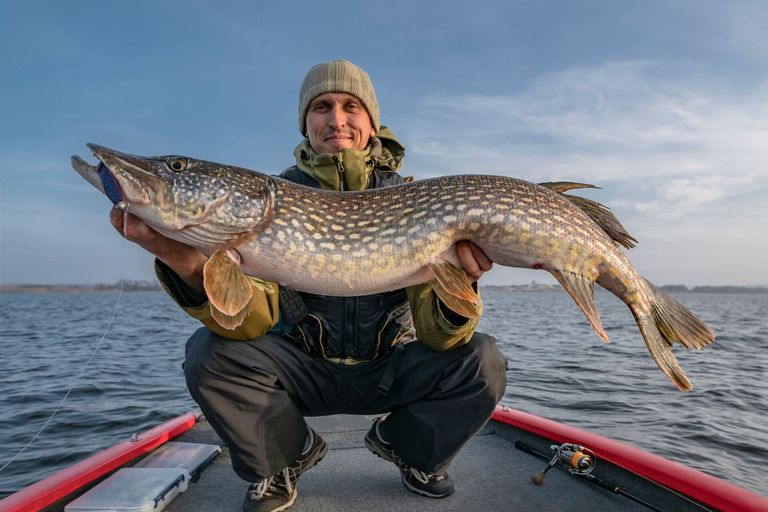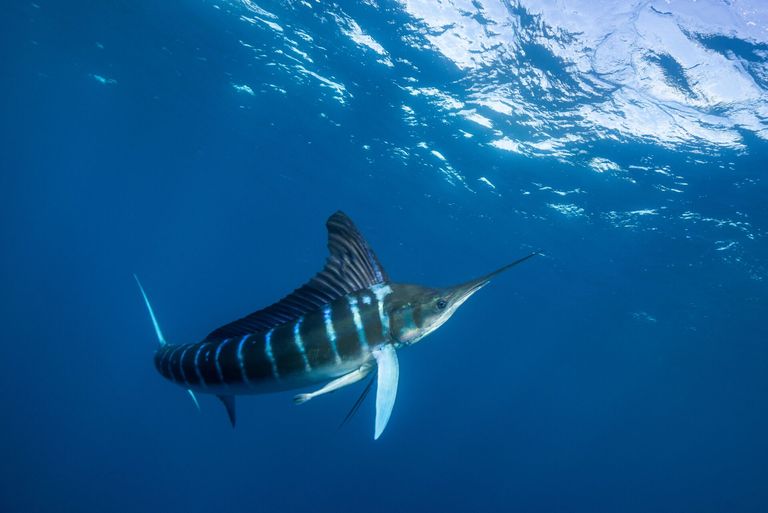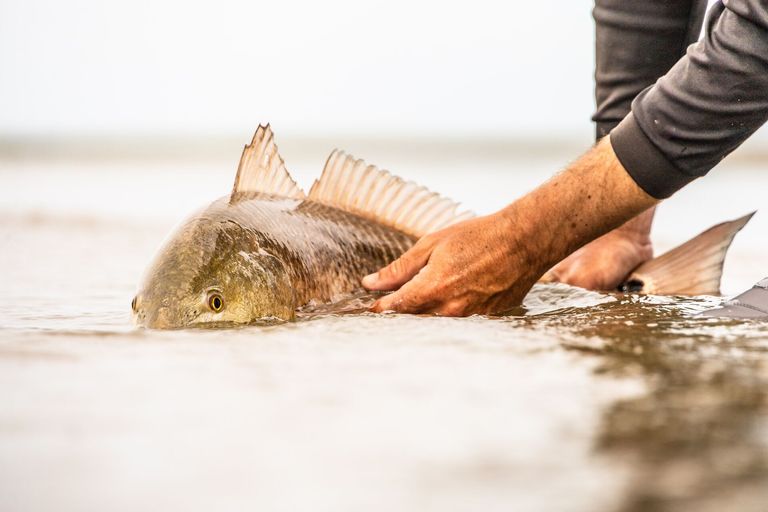10 Tips for Using a Fishing Kayak Safely
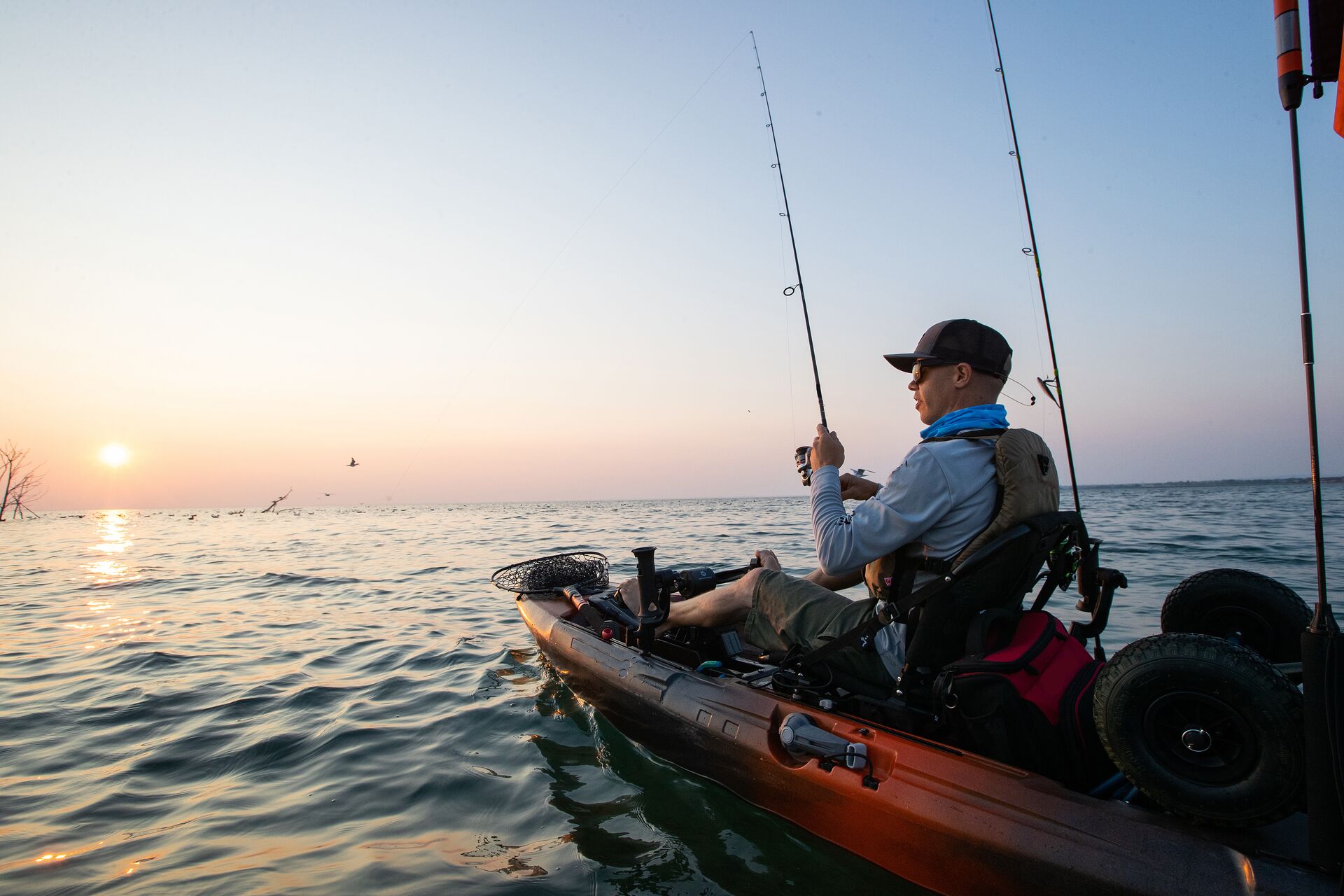
If you're headed out to catch some fish, there are plenty of ways to do that. Some people like to fish off a dock, for example, and others prefer a bass boat or other type of vessel.
For solo adventures, you can also consider a fishing kayak. This is a popular way to fish, but knowing how to stay safe in one is essential before you get out on the water.
When in a kayak, you want to reduce your risk of capsizing or experiencing other issues while fishing and when going to and from the fishing spot. That can mean learning more about adequately operating your kayak, what you should and shouldn't carry with you, and how to handle emergencies.
Here are ten tips to consider before hitting the water for your next fishing adventure!
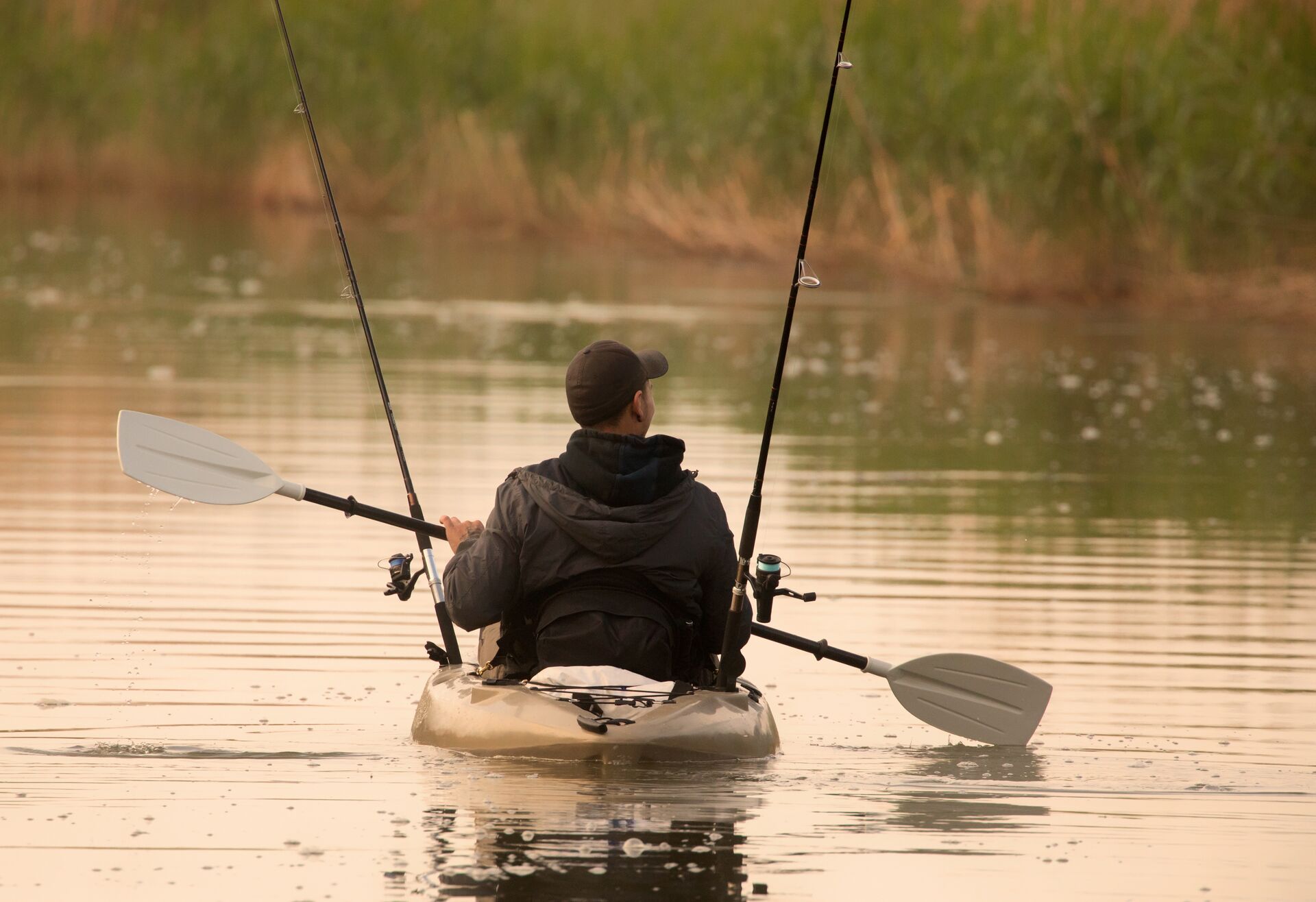
1. Choose the Right Kayak and Gear
Picking the right kayak matters when you're using it for fishing. That's why you should opt for one with a wide, stable base. This reduces the chances of tipping over, so you can fish with more confidence.
Also, be sure to wear a properly fitting personal flotation device (PFD) at all times. Specialized life jacket options are designed for people who canoe and kayak. They're more comfortable, so you can paddle easily and wear them all day.
Safety equipment is also vital if you're in a fishing kayak. Carry a flashlight, whistle, and bilge pump. Consider a paddle leash and a dry bag, as well, to reduce the risk of losing your paddle and protect essential items from water damage.
2. Understand Weather and Water Conditions
Check the weather forecast and water conditions before heading out for your fishing trip. You want to avoid trying to kayak in stormy or windy conditions, especially if the water is choppy or there's thunder and lightning.
As much as you may want to get out there and fish, staying home is the best choice if bad weather is in the forecast.
Water currents can impact your kayak fishing trip, too. Look at the tide tables for the area where you want to fish, especially if you will be in coastal or large lake areas. This information can give you peace of mind and a reduced chance of injury, so it's well worth taking the time to do.
Also, dress appropriately for the water temperature, not just the air temperature, to prevent hypothermia.
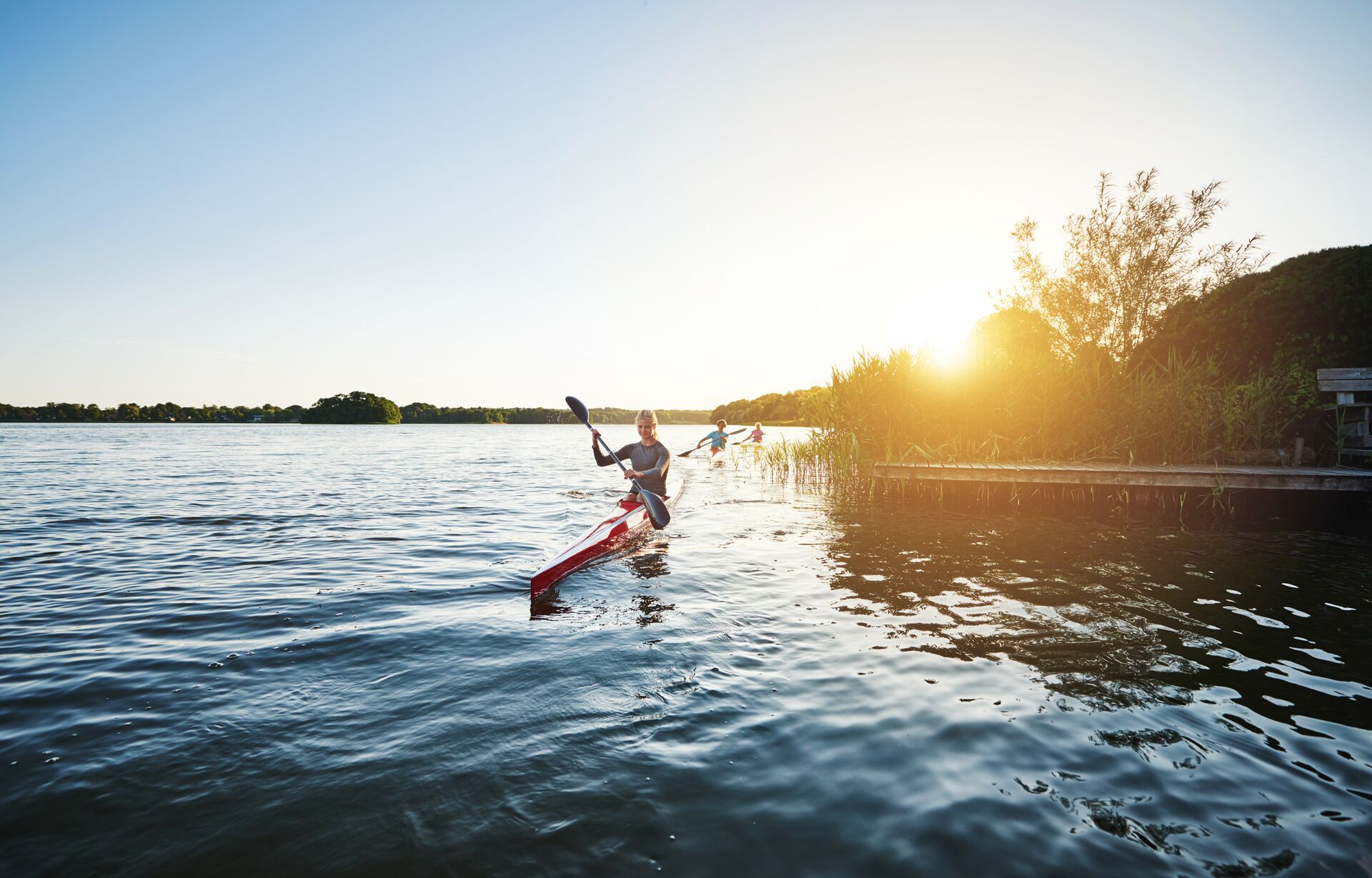
3. Practice Proper Kayak Handling
Learn and practice safe launching and landing techniques to ensure you can handle your kayak correctly. This will reduce your risk of capsizing, and good paddling techniques will help you maintain control and conserve energy.
When you stay centered and keep your movements smooth, you can enjoy more stability.
4. Stay Visible
Choose a brightly colored kayak and obvious clothing so that you can be seen more easily. Also, consider adding reflective tape to your kayak and gear, primarily if you fish during darker times, such as dawn and dusk.
Having a safety flag or light is also a good idea so other boaters can see you.
5. Know Your Limits
Skill level matters, and you should only venture into waters and conditions that match your skills.
Stay close to shore or within safe distances from your starting point, especially if you're relatively new to kayaking. Also, be honest about your endurance and physical condition so you don't risk your health and safety.
Remember: You may also be tired from reeling fish into your kayak at the end of your day on the water, so don't venture out further than you can comfortably paddle yourself back to shore later.
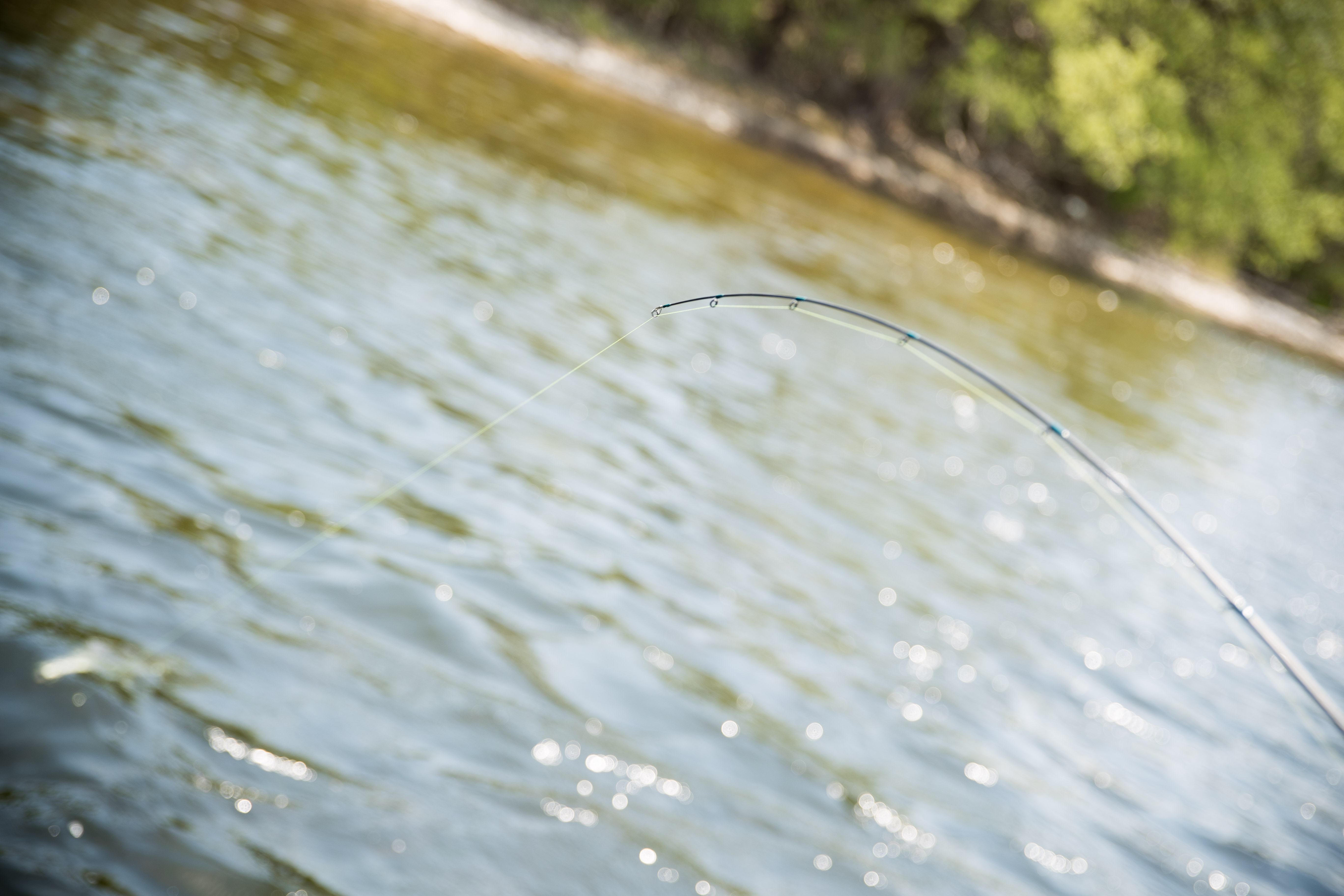
6. Be Prepared for Emergencies
Even if you're adequately prepared, an emergency can still occur. Make sure you're prepared for something to go wrong.
Carry a waterproof, fully charged phone or VHF radio for communication, and have a basic first aid kit. Then, knowing how to use the items in that kit is essential so you aren't caught off guard if they're needed.
Also, practice the buddy system and kayak with a partner or a group for added safety.
7. Practice Good Fishing Safety
Gear management matters, so secure your fishing gear properly to reduce entanglement risk.
You should also practice hook safety to handle them carefully and prevent injuries. The same applies to handling any fish you've caught, especially if their fins or teeth are sharp.
8. Respect Wildlife and Environment
When you see wildlife, maintain a safe distance to avoid disturbing animals and their ecosystem. You'll also want to follow the "Leave No Trace" principles by taking any trash with you when you leave.
One goal of a successful day of fishing on the water is to minimize your environmental impact.
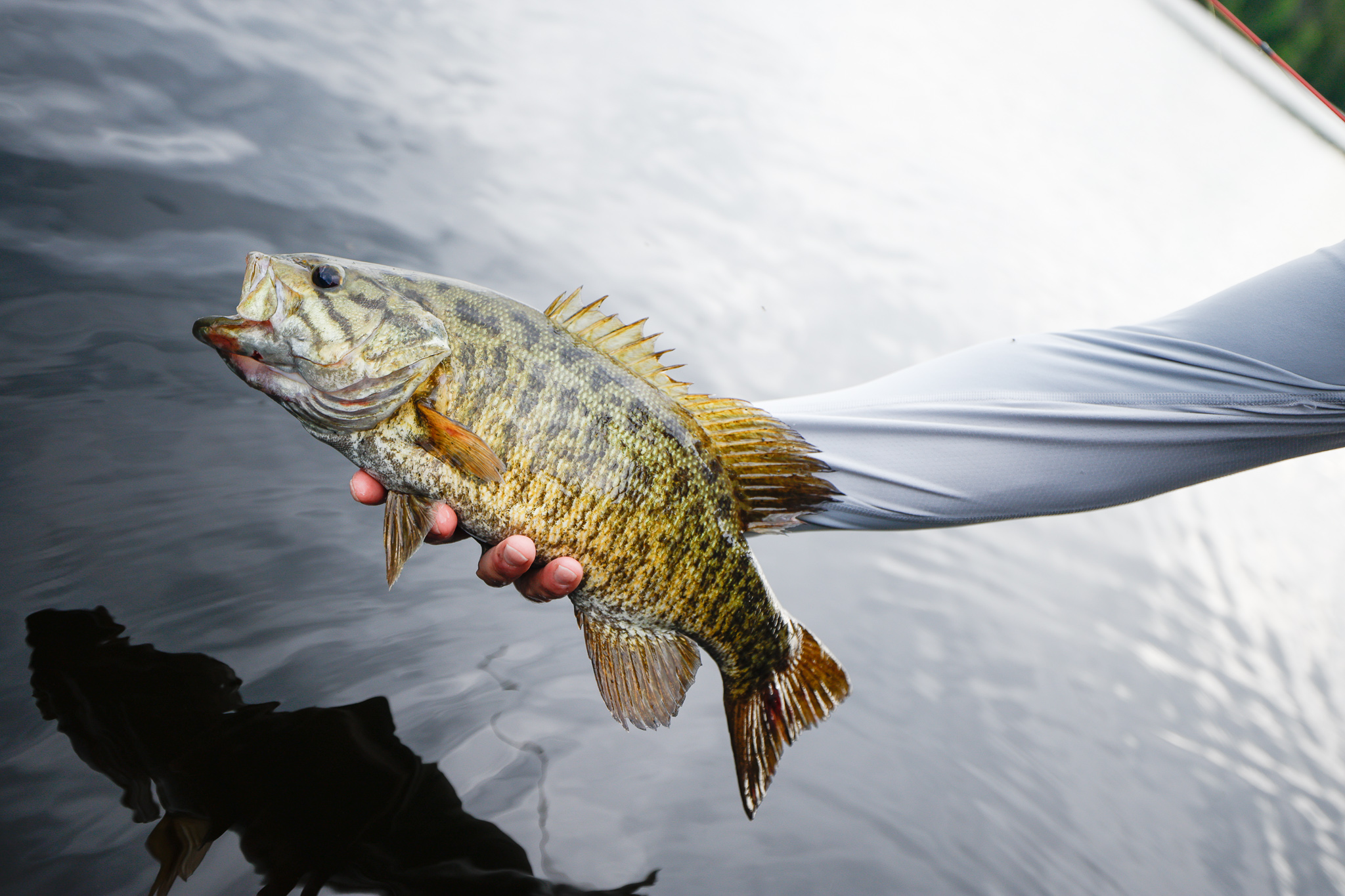
9. Bring the Right Safety Equipment
Don't skimp on safety equipment when you're headed out in a fishing kayak.
At a minimum, you should have:
- Life jacket
- Whistle
- Eye protection
- Safety flag
- First aid kit
- Waterproof case for your phone
Kayaks are small and don't hold many items, but if you pack carefully and focus on the essentials, you can have what you need to be safe and protected during your fishing trip or on other adventures.
10. Take a Boater Safety Course
Before you make your way out onto the water, take a boater education course. The knowledge you'll gain from one of these courses can help you learn more about safety on the water when fishing so you're ready to enjoy your day and reduce any risks that come with it.
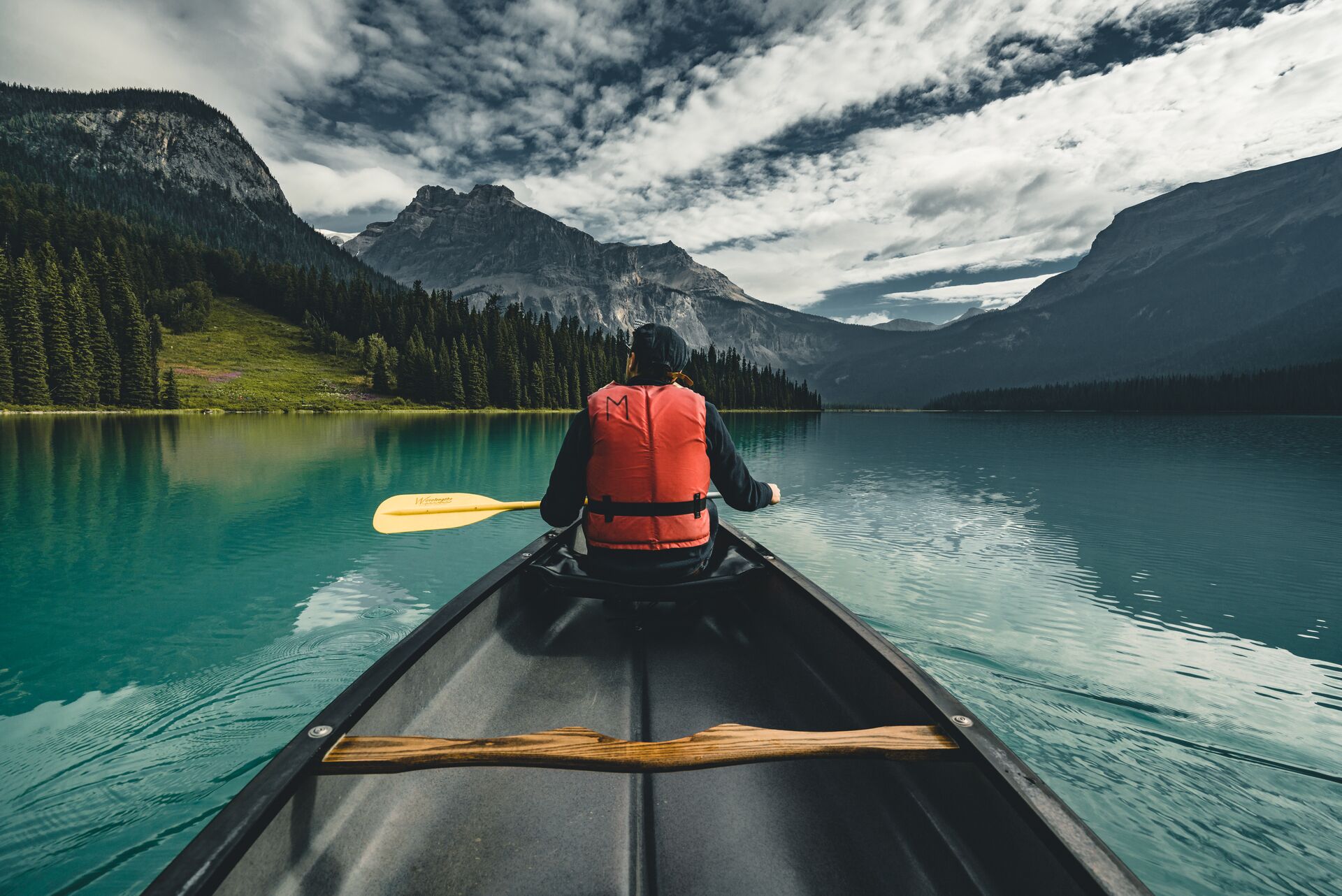
Let BOATERexam Help You Enjoying Your Fishing Kayak This Season
We hope you reel in plenty of fish from your fishing kayak this season! Before you head out, let BOATERexam help you learn how to stay safe on the water.
Our online courses teach water safety essentials, including what to do if you happen to tip overboard in your kayak and find yourself submerged in the water. You'll also learn about life jackets and which one to choose for kayaking vs. other water activities.
If you fish in Canada, choose our course for Canadians! Or, if you fish in the U.S., choose the course for your state, start learning, and then enjoy many safe and plentiful fishing trips.

